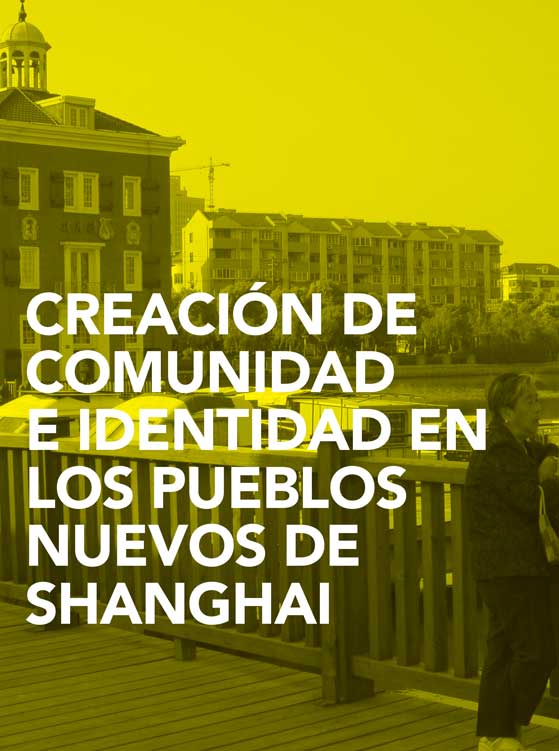Creación de comunidad e identidad en los pueblos nuevos de Shanghai
Article Sidebar

Keywords:
Main Article Content
Abstract
El concepto contemporáneo de “pueblo nuevo” se basa en núcleos que funcionan independientes. Análogos a la Ciudad Jardín de Ebenezer Howard (1898) y a la planificación soviética, estos pueblos nuevos deberían ser auto-suficientes. Aunque la mayoría de los pueblos nuevos y ciudades satélite en el mundo prueban que una ciudad planificada necesita mucho tiempo para adquirir vida, los ejemplos recientes en Shanghai prometen superar los casos occidentales y convertirse en comunidades vivas. Esto es producto de la especial combinación entre planificación estatal y la creciente libertad de gestores inmobiliarios y habitantes. Junto a las historias de éxito hay también fracasos, algo inevitable en un laboratorio urbano.
Article Details
Materia Arquitectura provides immediate and free access to all the content of this online edition, published simultaneously with the print edition.
Materia Arquitectura does not charge authors for any concept.
All contents of this electronic edition are distributed under the Creative Commons license of "Attribución-shareAlike 4.0 Internacional" (CC-BY-SA).
The rights of the published texts and images belong to their authors, who grant Materia Arquitectura the license for their use. The management of the permits and the authorization of the publication of the images (or of any material) that contains copyright and its consequent rights of reproduction in this publication is the sole responsibility of the authors of the articles.
As long as they mention their origin, the authors are free to distribute their articles by other means. Any total or partial reproduction of the material must mention its origin.
Downloads
Most read articles by the same author(s)
- Harry den Hartog, Creation of community and identity in the new towns of Shanghai , Materia Arquitectura: No. 02 (2010): Materia Arquitectura 02 (Diciembre/December 2010)